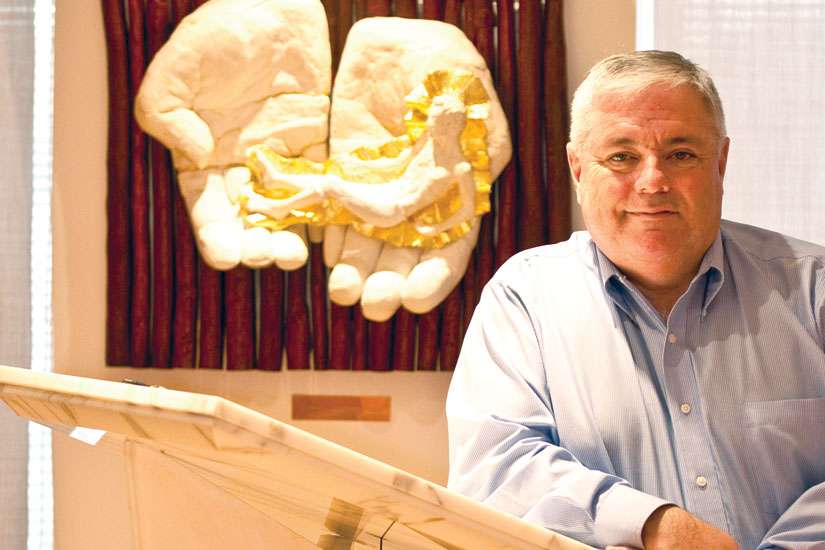“We’re not anticipating it’s going to be a big change (as of March),” said National Catholic Broadcasting Council executive director Deacon Mike Walsh.
The NCBC produces The Daily Mass Monday to Saturday and offers it to viewers three different ways — on Vision TV, on Salt + Light TV and on its own YouTube channel.
The NCBC may see its cable television audience gradually shrink if many subscribers opt for the new “skinny basic” option — a stripped down offering of about 40 television options plus radio stations ($20.29 per month on Rogers). This new more basic version of basic cable does not include Vision, which had been part of the government-mandated basic package since 1987.
After cable companies sent out letters in January to explain viewer options, Walsh doesn’t think he’s going to see bargain-hunting viewers rushing for the exits on their current cable plans.
“It’s so confusing that nobody is really going to know what’s going on,” Walsh said.
The Rogers Cable letters to subscribers contained news that phone and cable prices would increase, but no made mention of the new skinny basic option. Viewers will only get the new, cheaper, Vision-less version of basic if they specifically call their cable company and ask for it. Otherwise cable companies will continue to deliver current packages to subscribers.
Because it never was part of basic cable, skinny basic and pick-n-pay represent no change for Salt + Light, said Noel Ocol, Salt + Light director of marketing and communications.
“Salt + Light was always a pay channel that you had to select,” said Ocol. “It’s always been either stand-alone or a-la-carte, or part of bigger packages. On Rogers we’re on the VIP package.”
Until two years ago Cogeco Cable Inc. offered Salt + Light free on basic cable to its relatively small television service subscriber base. Changes in Canadian Radio-television and Telecommunications Commission rules put an end to that.
The new rules this year may make Salt + Light cheaper for many cable subscribers. Rogers is offering a “spiritual package” that includes Salt + Light, the American Eternal Word Television Network (EWTN), Vision TV and Grace TV — a Canadian platform for various Evangelical and Pentecostal broadcasters. The little add-on package could come to as little as $3 per month.
As a relatively obscure offering on Bell channel 654, Rogers channel 240 and Telus channel 873, Salt + Light has chosen to concentrate more and more of its energy on its web site, saltandlighttv.org.
Cable companies simply aren’t the future for most broadcasters who produce their own original content, said Ocol. More and more viewers are cutting cable entirely and watching television through their Internet connections — whether on Netflix, Shomi, iTunes, Crackle or dozens of other services.
Salt + Light has taken a first step into this brave new world by launching its own Roku channel. Roku is one of a number of boxes available that connect a television to the Internet and make it possible to watch everything from YouTube to Netflix to Major League Baseball. Others include Chromecast, AppleTV, Fire TV and Android TV. For a one-time payment of between $60 and $110 for the box, Roku delivers a broad range of Internet streaming directly to a television.
Since Salt + Light launched its free Roku channel in August it’s seen “about 14- to 15-per-cent growth in our Roku numbers consistently month over month,” said Ocol.
At the NCBC, Walsh is looking for ways of making the Mass available to more people when they want to watch it and not when the broadcaster wants to schedule it.
“Whether that’s an app you click on on your iPad, or whether it’s a streaming service like Netflix, we need to be prepared for all of those options,” Walsh said. “We want to move to a platform that says you can have it any time in any place.”
Commercial broadcasters are scrambling to figure out how they make money in a world where viewers can get massive amounts of programming free, or Netflix Canada for as little $9.99 per month. But the Catholic broadcasters already know where their money comes from — donors.
Whether they’re watching on their computer or their TV, viewers who value Catholic programming have to volunteer to pay for it, said Ocol.
“It’s not like we’re rolling in dough,” he said.

